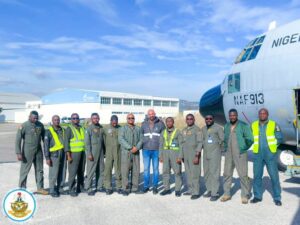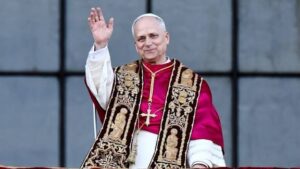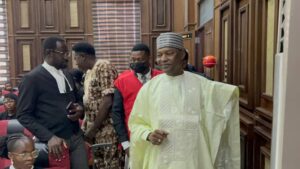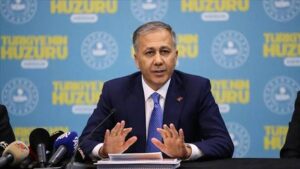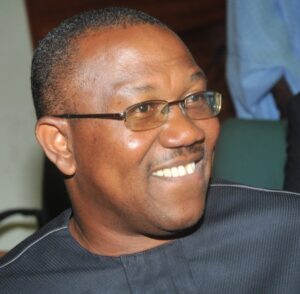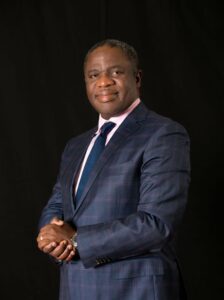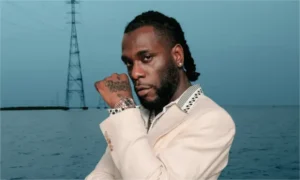Former Angolan President José Eduardo dos Santos died Friday in a clinic in Barcelona, Spain, the Angolan government said.
Santos, who ruled Africa’s second-biggest oil producer for nearly four decades, has died aged 79, according to Washington Post.
The Angolan presidency who made the announcement via Facebook on Friday said he died following a long illness, describing him as “a statesman of great historical scale who governed the Angolan nation through very difficult times.”
He was hospitalised in Spain and placed in intensive care after suffering a cardiac arrest on June 23.
Dos Santos, one of Africa’s longest-serving leaders, stepped down five years ago. His rule was marked by a brutal civil war lasting nearly three decades against the US-backed UNITA rebels, which the former president won in 2002 and a subsequent oil-fuelled boom.
He was replaced in 2017 by Lourenço, who, despite being from the incumbent’s People’s Movement for the Liberation of Angola, swiftly moved to investigate allegations of multibillion-dollar corruption during the Dos Santos era, targeting the former leader’s children.
Dos Santos, who was married four times, is survived by his current wife, Ana Paula, with whom he has three children. He is known to have at least three other children and various grandchildren.
Dos Santos had mostly lived in Barcelona since stepping down in 2017 and he reportedly had been undergoing treatment there for health problems.
Angola’s current head of state, Joao Lourenco, announced five days of national mourning starting Friday, when the country’s flag will fly at half-staff and public events are cancelled.
Dos Santos came to power four years after Angola gained independence from Portugal and became enmeshed in the Cold War as a proxy battlefield.
His political journey spanned single-party Marxist rule in post-colonial years and a democratic system of government adopted in 2008. He voluntarily stepped down when his health began failing.
In public, dos Santos was unassuming and even appeared shy at times. But he was a shrewd operator behind the scenes.
He kept a tight grip on the 17th-century presidential palace in Luanda, the southern African country’s Atlantic capital, by distributing Angola’s wealth between his army generals and political rivals to ensure their loyalty. He demoted anyone he perceived to be gaining a level of popularity that could threaten his command.
Dos Santos’ greatest foe for more than two decades was Jonas Savimbi, leader of the UNITA rebels whose post-independence guerrilla insurgency fought in the bush aimed to oust dos Santos’ Popular Movement for the Liberation of Angola, or MPLA.
The MPLA had financial support from the Soviet Union and military support from Cuba in its war against UNITA. Savimbi was backed by the United States and South Africa.
The war would last, with brief periods of U.N.-brokered peace, until 2002 when the army finally tracked down Savimbi in eastern Angola and killed him.
Dos Santos abruptly shed his Marxist policies after the collapse of the Soviet Union in the early 1990s. He moved closer to Western countries, whose oil companies invested billions of dollars in mostly offshore exploration.
